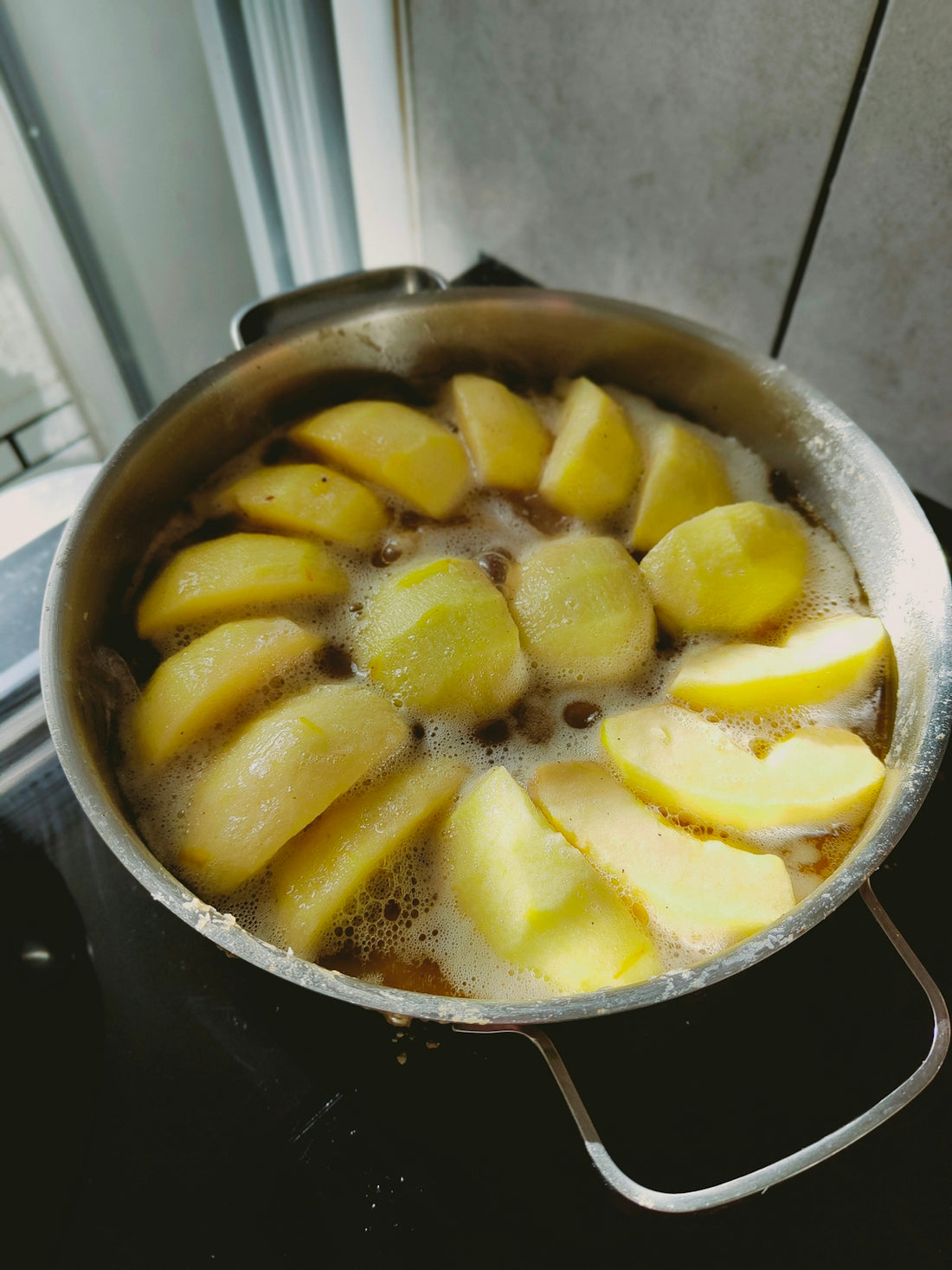
Sourdough Starter Troubleshooting: Common Fermentation Problems Solved
Creating a homemade sourdough starter is a rewarding yet challenging journey that can elevate your bread-baking skills to new heights. Yet, sourdough fermentation comes with its own set of obstacles. In this comprehensive guide, we'll delve into sourdough starter troubleshooting and help you address common issues using invaluable sourdough baking tips to ensure your artisan bread baking experience is smooth and successful.
For those just starting on their sourdough life journey, it's crucial to understand that sourdough is a living community of wild yeast fermentation and bacteria that need care and maintenance. The following sections will help you troubleshoot and resolve the most typical problems sourdough hobbyists encounter.
Common Sourdough Starter Issues and Solutions
1. Slow or No Rise
One of the first signs that something is wrong with your sourdough starter is a lack of rise. It might seem inactive or sluggish, which can be frustrating.
Solution: Ensure the starter is kept at an optimal temperature, between 70°F and 85°F (21°C and 29°C). Cooler temperatures can slow down fermentation dramatically. If the environment is cool, consider using a warm spot in your kitchen or a proofing box. Additionally, try using whole-grain flours, which can provide more nutrition and encourage a more vigorous sourdough fermentation.
2. Bad Smell
A healthy sourdough starter should have a pleasant tangy odor, but if yours smells like vinegar, nail polish, or feet, something might be off.
Solution: This can often be fixed by refreshing your feeding routine. Make sure you're following a regular sourdough starter feeding schedule using the right proportions of flour and water for your starter’s hydration level. If your sourdough starter is very acidic, discard more of it during feeding to balance out the smell.
3. Mold Growth
Discovering mold in your starter can be distressing. It's essential to distinguish between surface molds and harmless hooch (a layer of liquid that sometimes forms).
Solution: If the mold is evident, it's time to discard the starter and start fresh, as this could mean potential health risks. Avoid this by keeping lids or cloths securely fastened to prevent unwanted spores from settling. Consistent feeding and maintenance can drastically reduce mold risks.
4. No Bubbles or Activity
An inactive sourdough starter lacks the bubbles that indicate fermentation, which might be caused by underfeeding or low temperatures.
Solution: Ensure you understand how to feed sourdough starter properly and that you're using fresh flour. The key to a bubbly starter might also be ramping up your feeding schedule until consistent activity is evident.
Feeding and Maintenance
Maintaining a healthy starter requires you to master sourdough feeding and maintenance. Feed your starter daily or twice daily if you bake often. A starter in the fridge can be fed weekly; remember to give it time to become active before using.
How to Store Sourdough Starter
If you don't plan on baking regularly, knowing how to store sourdough starter is crucial. Keep it in the fridge in a loosely covered container, feeding it once a week. For long-term storage, drying or freezing your starter is effective.
From Starter to Bread: Baking Tips
Once you've mastered maintaining a robust starter, it's time to transition to how to bake sourdough bread. Here are some fundamental tips:
- Use a Martha Stewart 7Qt Enameled Cast Iron Dutch Oven to create a baking environment similar to a steam oven, perfect for crusty, well-risen loaves.
- The Lame Bread Proofing Basket Kit can be instrumental in shaping and scoring your dough.
- Utilize a Danish Dough Whisk for efficient mixing, making the early stages of dough preparation much easier.
- Consider a Silicone Baking Mat to ensure a non-stick surface and easy clean-up.
Best Sourdough Scoring Techniques
Scoring your bread allows for controlled expansion and decorative designs. A lame or sharp knife at a shallow angle works best. Practice various patterns and depths to give your loaf both beauty and functionality.
Bread Troubleshooting
Even with a perfect starter, baking might not always go as planned. Here are quick solutions to some end-stage problems:
- Dense Bread: Insufficient proofing or poor gluten development could be the culprit. Ensure adequate sourdough fermentation time and knead thoroughly.
- Flat Loaf: This can result from overproofing. Monitor proofing duration closely and perform the “poke test” to ensure the dough springs back slowly when pressed.
- Excessive Tartness: Reduce fermentation time and sugars in your dough recipe.
Sourdough for Diabetics
With its lower glycemic index, sourdough can be preferable for those managing diabetes. Ingredients and preparation can be adjusted to suit specific dietary needs, providing healthier bread alternatives.
For more detailed insights into sourdough bread recipes and tools to aid your baking journey, visit Italian Sourdough. Embrace the diverse offerings of a vibrant community dedicated to perfecting the art of sourdough.
Explore and enhance your skills with Italian Sourdough!
Incorporate these tips and embrace each step of your evolving sourdough life, and soon you'll enjoy mastering every aspect of sourdough baking. Your journey from the perfect sourdough starter to the delightful aroma of freshly baked bread will be as satisfying as every loaf you produce.
